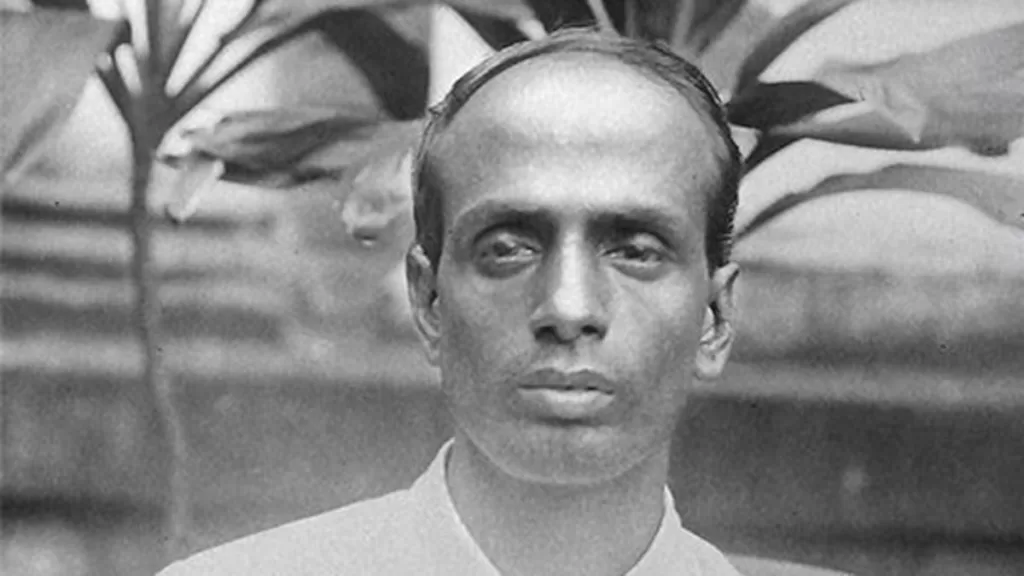Introduction: Chittagong Uprising 1930
The Chittagong Uprising, referred to by the British as the Chittagong Armoury Raid, represents a significant act of defiance against British colonial rule in India. On April 18, 1930, a group of armed Indian independence fighters, led by the revolutionary Surya Sen, attempted to seize the armory of police and auxiliary forces located in Chittagong, Bengal Province (now Bangladesh): Committed Revolutionaries

The raiders were members of the Indian Republican Army, who believed in armed resistance as a means to achieve India’s independence. They were inspired by various revolutionary movements, notably the 1916 Easter Rising in Ireland, and were ideologically influenced by the Communists in the Soviet Union . Key figures inh**, Lokenath Bal, Ambika Chakrobarty, Pritilata Waddedar, and Kalpana Dutta, among others .
The Plan: An Ambitious Straculously devised a plan to capture two main armories in Chittagong, destroy communication lines, and take members of the local European Club hostage. The revolutionaries aimed to loot banks for funds to support their cause and free imprisoned comrades . The operation was strategically timed to maximize ion.
The Raid: Execution and Immediate Aftermath
At approximately 10 PM on April 18, the plan was executed. The police armory was captured by a group led by Ganesh Ghosh, while Lokenath Bal led another group targeting the Auxiliary Forces armory. Approximately 65 revolutionaries participated in the raid, achieving partial success by disrupting communication but failing to locate ammunition .
Following the raid, Surya Sen proclaimed a **Provisional Revolutionmbolically asserting their authority. However, the revolutionaries faced unexpected challenges when alarm signals were sent out, leading to military mobilization against them .
Aftermath: The Struggle Continues
In the days following the raid, the British lahunt. On April 22, 1930, a significant confrontation occurred at the Jalalabad Hills, resulting in the Battle of Jalalabad Hills. This clash saw the deaths of over 80 British soldiers and 12 revolutionaries, highlighting the fierce resistance mounted by the insurgents .
Surya Sen managed to disperse his group into smaller units, with some escaping to nearby villages. Othengh**, surrendered to support captured comrades . In a tragic turn, Surya Sen was betrayed by an insider and arrested on February 16, 1933. He was eventually executed bry 12, 1934**, becoming a martyr in the eyes of many Indians .
The Legacy: Commemoration and Cultural Impact
The Chittagong Armoury Raid is commemorated as a significant event in India’s struggle fious films, including “Khelein Hum Jee Jaan Sey” (2010) and “Chittagong” (2012), dramatize the raid and honor the bravery of its participants . The gallows in Chittagong Central Jail is now a historical monument, serving as a reminder of the sacrifices made for freedom .
Conclusion
The Chitttands as a testament to the bravery and determination of those who fought for India’s independence. It not only disrupted British aut also inspired a wave of revolutionary fervor across the country. The legacy of Surya Sen and his comrades continues to inspire future generations in their quest for justice and equality.
📚 Take Your Trading And Financial Skills to the Next Level!
If you enjoyed this post, dive deeper with our Profitable Trader Series—a step-by-step guide to mastering the stock market.
- Stock Market 101: Profits with Candlesticks
- Stock Market 201: Profits with Chart Patterns
- Stock Market 301: Advanced Trade Sheets
Start your journey now!
👉 Explore the Series Here
For Regular News and Updates Follow – Sentinel eGazette
FAQs
Q1: What was the primary objective of the Chittagong Armoury Raid?
A1: The primary objective was to capture the armories in Chittagong, disrupt communication lines, and take hostages to instigate an armed uprising against British colonial rule.
Q2: Who were the key leaders involved in the Chittagong Uprising?
A2: The key leaders included Surya Sen, Ganesh Ghosh, Lokenath Bal, and Pritilata Waddedar, among others.
Q3: What was the outcome of the Battle of Jalalabad Hills?
A3: The battle resulted in over 80 British soldiers and 12 revolutionaries being killed, marking a significant confrontation during the uprising.
Q4: How did Surya Sen’s capture affect the revolutionary movement?
A4: Surya Sen’s capture dealt a significant blow to the movement, leading to increased repression and the arrest of many revolutionaries, though some managed to regroup later.
Q5: What cultural representations exist about the Chittagong Armoury Raid?
A5: The raid has been depicted in films such as “Khelein Hum Jee Jaan Sey” and “Chittagong,” which dramatize the events and honor the contributions of the revolutionaries.